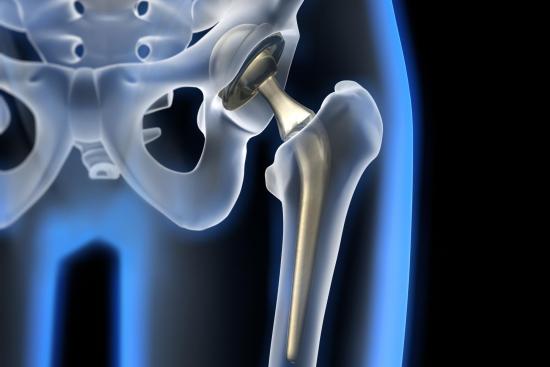Tired of letting hip osteoarthritis control your life? Don't let the pain get the best of you. In Turkey, our expert surgeons offer a personalized solution to help you regain optimal mobility. With our latest generation of hip replacements, you'll be able to live life to the fullest!
Hip replacement surgery cost in Turkey
Benefit from high quality hip surgery in Turkey at an unbeatable price. Our partnerships with the best clinics guarantee personalized care and exceptional results.
Hip replacement surgery costs $7,500.
Don't wait any longer to regain optimal mobility! Contact us now for a free teleconsultation and a personalized quote.








